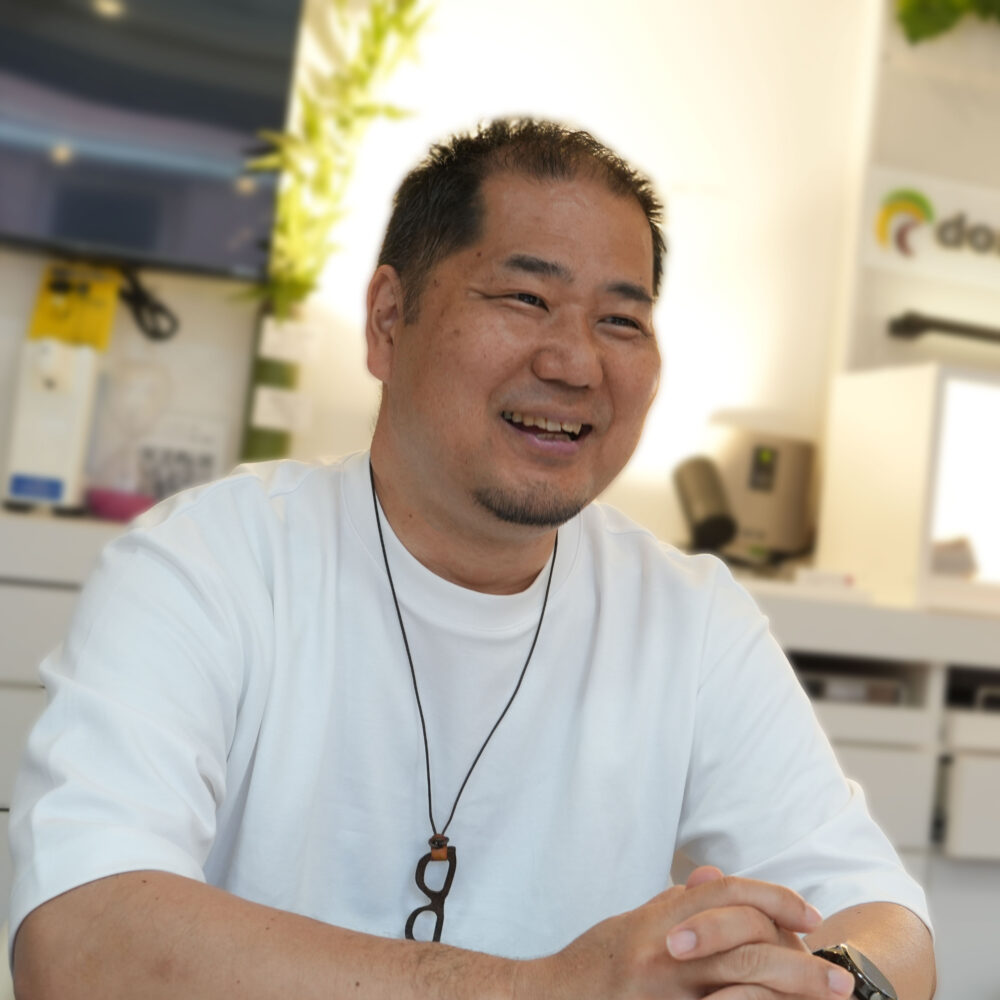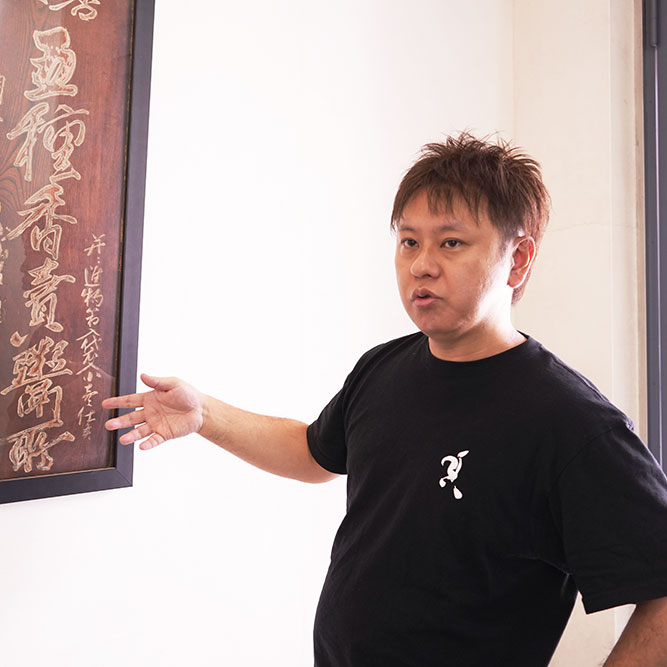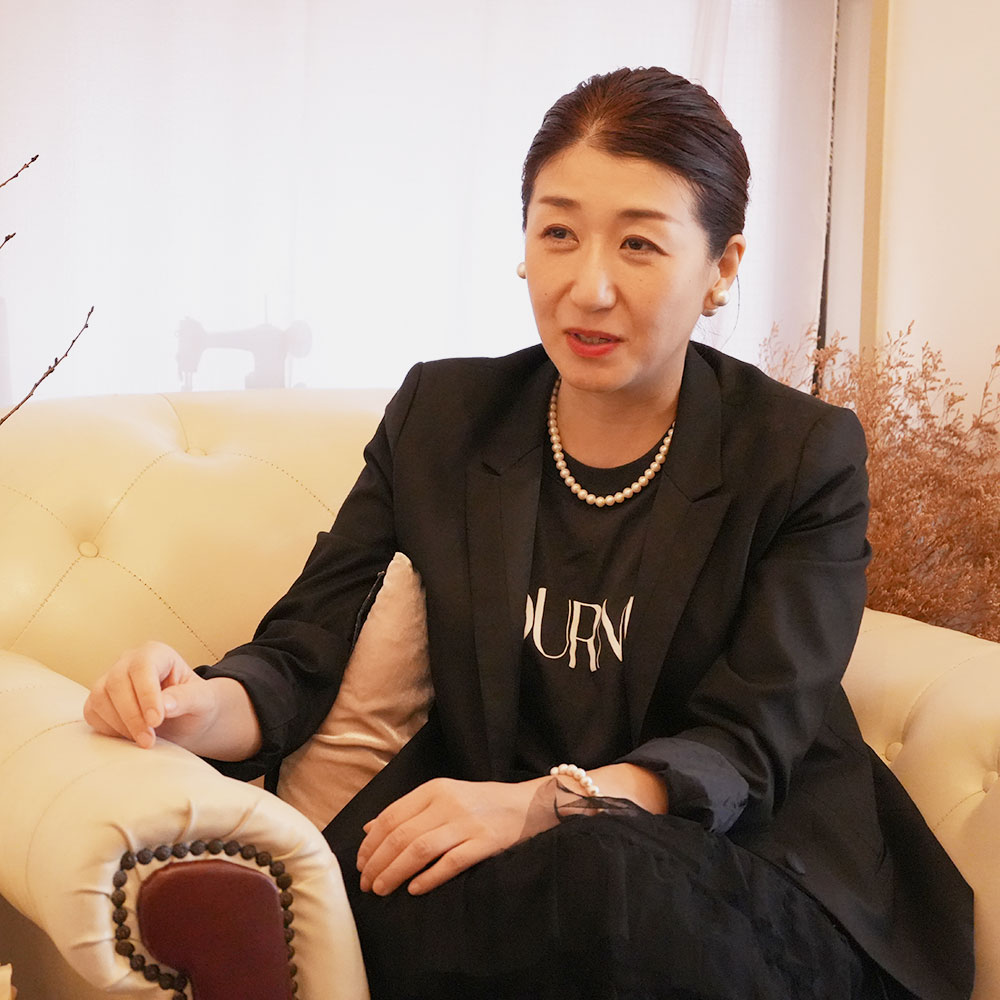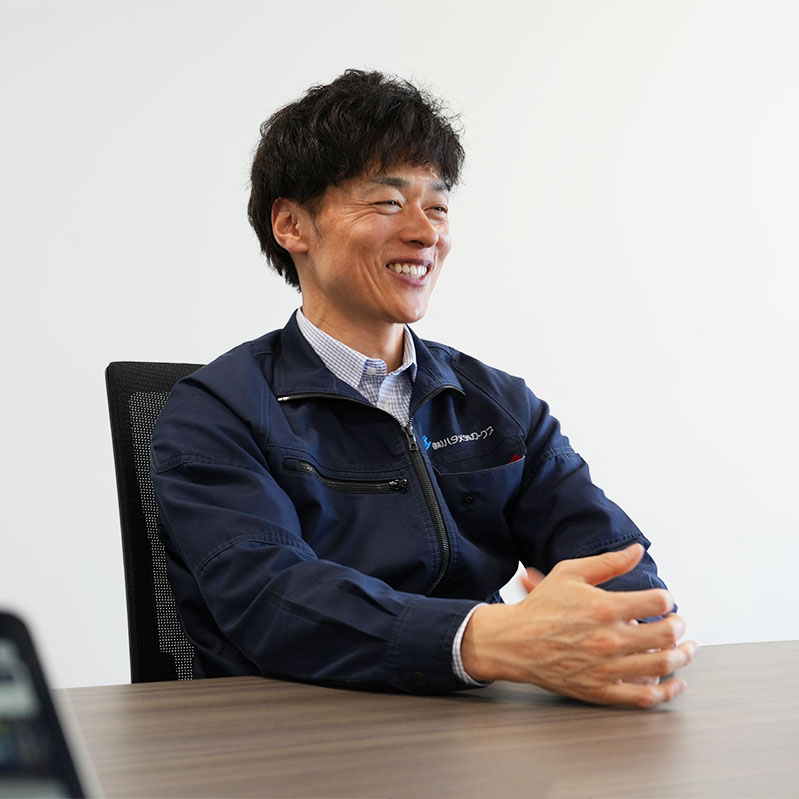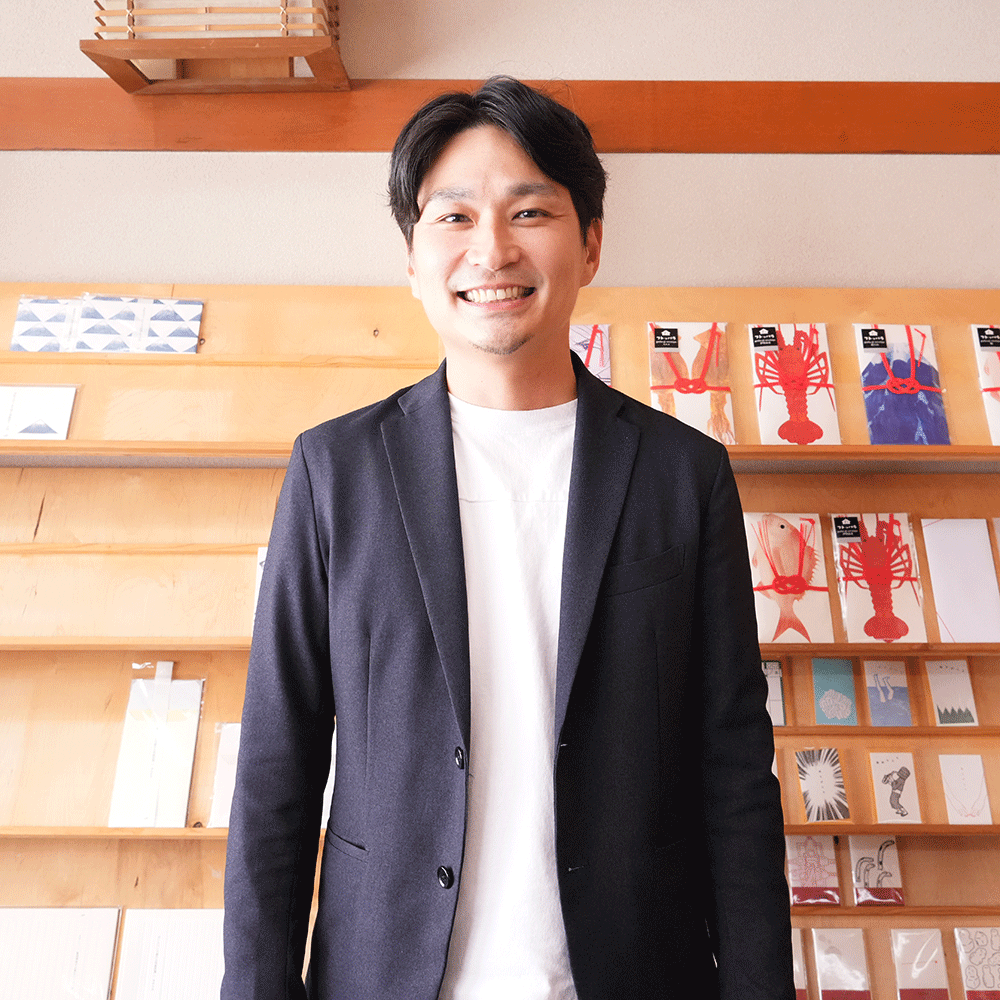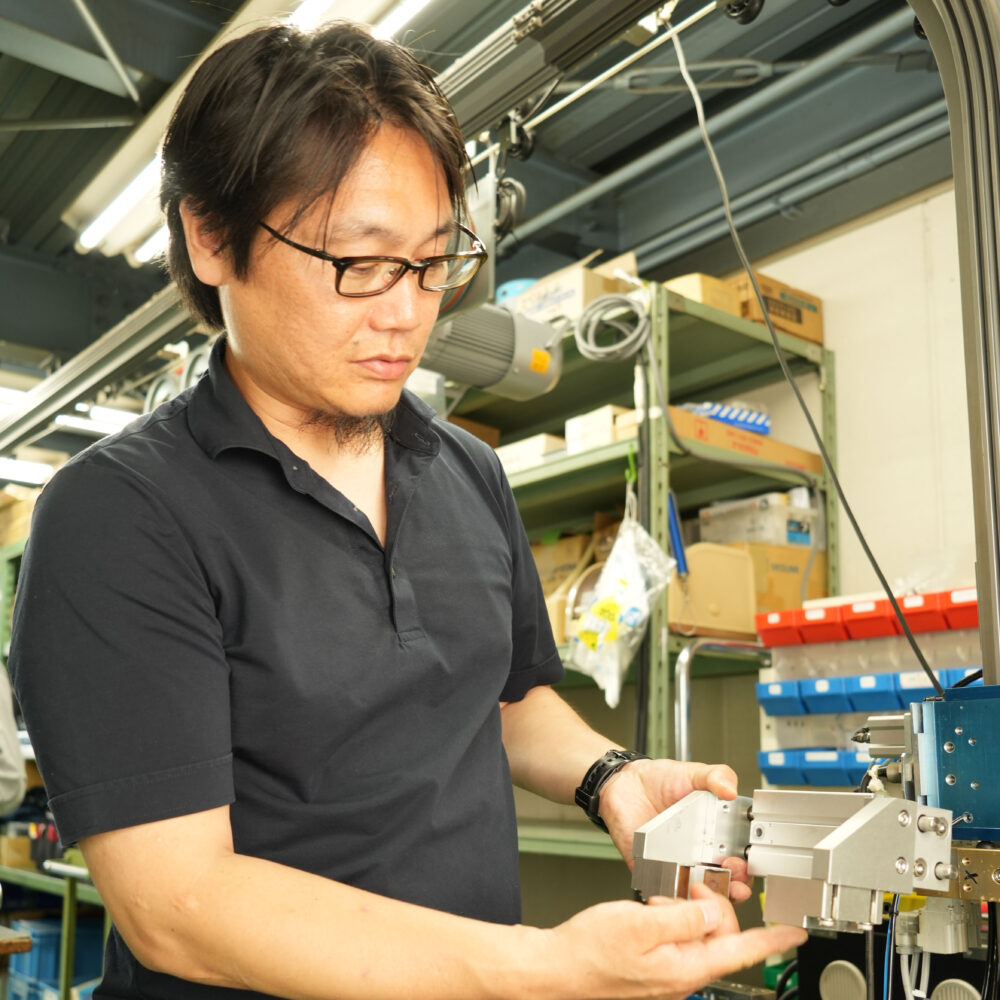A Century of Lantern Craftsmanship: The Future Vision Behind “Akimura Village”
- Other manufacturing
- Connecting with People
- Efforts for the Community
- Considering Earth's Resources
- successor
- Creative
Osaka
Lanterns, traditional Japanese lighting fixtures made from bamboo frames and washi paper, hold a significant place in Japan’s cultural history. It is said that lanterns were introduced from China during the Muromachi period. It has bamboo strips as the frame, with paper or silk attached to protect against the wind, and a candle is placed inside to provide light. Lanterns, which were once essential for lighting the way or serving as markers, are now rarely seen. Traditionally, they were hung at entrances to guide ancestors back home from the other world or displayed during the Obon festival in front of altars or mausoleums. Among the most renowned are the Yame Lanterns of Fukuoka and the Gifu Lanterns of Gifu.
Founded in 1921, Akimura Taiheidō Co., Ltd. is a long-established company with over 100 years of history in lantern production in central Osaka. This article features Akimura Keizō, the fourth-generation head of the company, sharing his thoughts on lanterns and his vision for the future.
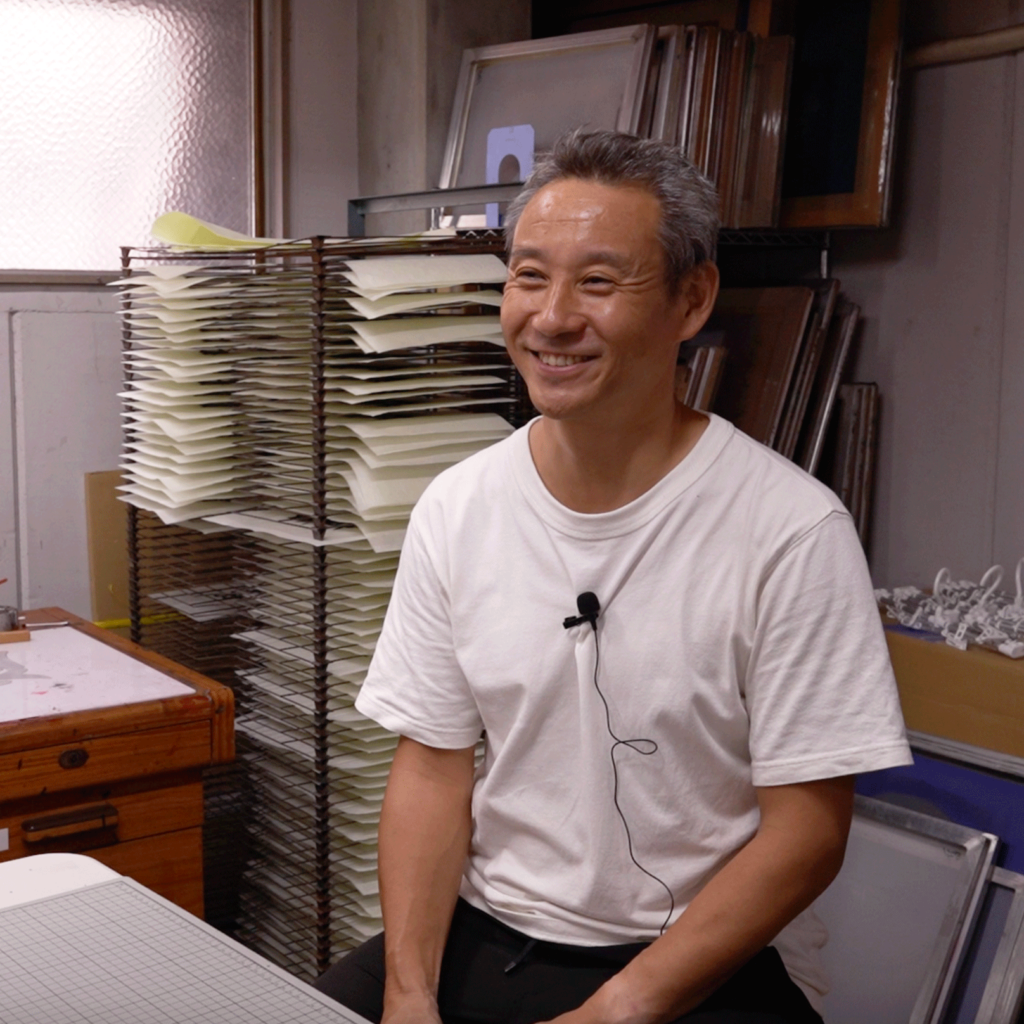
PROTAGONIST
4th Generation RepresentativeKeizo Akimura
A Century of Legacy: From Manufacturing to Wholesaling and Back to Manufacturing
In 1921 (Taishō 10), Akimura Shōten was established in Tennoji Ward. For a century, the company has been engaged in the production and sale of lanterns. Initially, they produced lanterns for the hatsubon ceremony, honoring the spirits of the recently deceased. Today, their focus has shifted to lanterns for festivals and signage.
When the founder, a skilled lantern craftsman, started the business, demand for lanterns was high, and there were numerous craftsmen. At the time, the company transitioned to wholesale operations, sourcing lanterns made by craftsmen specializing in paper application and supplying them to others for lettering. However, as the number of craftsmen dwindled, the company began handling lettering in-house, transitioning to a fully integrated production system.
Transition from the Third to Fourth Generation
“Until the third generation, we were primarily wholesalers. However, by the time I took over as the fourth generation, there were fewer craftsmen, and we had no choice but to manufacture the lanterns ourselves. Craftsmen in their 60s are now considered young. There used to be active craftsmen in their 70s and 80s, but since the onset of the COVID-19 pandemic in 2020, many have retired without successors, leading to a decline in available craftsmen. That’s how we arrived at our current integrated production system,” said Mr. Akimura.
In the Kanto region, lanterns are mainly used for spring festivals, while in Osaka, summer festivals dominate, followed by Jizōbon and autumn festivals. The Danjiri festivals in Kishiwada and Sakai are famous for their intense celebrations. Damaged lanterns are sometimes repaired, and the busiest period for Osaka’s lantern makers is from June to September.
Before becoming president, Mr. Akimura worked as a service technician for printing machinery. His experience in understanding the structure and methods of manufacturing has greatly influenced the company’s current production processes. However, taking over the business at the age of 26 brought many challenges.
Challenges and Rewards of Lantern Crafting
“There was a time when the lanterns we ordered from a craftsman were not delivered on time. During that situation, we tried to make them ourselves by watching and learning, and somehow managed to meet the deadline. Lantern crafting is far from simple, and it was frustrating to realize that, as lantern makers, we lacked the technical skills to create them ourselves. However, that moment became a turning point. We saw it as our mission and decided to commit to in-house production,” said Mr. Akimura.
Today, Akimura Taiheidō uses both vinyl and washi paper for its lanterns. Approximately 80% of the washi lanterns the company produces are crafted by dedicated artisans as blank canvases, onto which Akimura Taiheidō applies lettering and crests, tailoring each lantern to customer needs.
Crafting Lanterns to Match Customer Requests
In the case of crafts, each brand has its own unique creations, and the sales model typically involves customers choosing from various options. However, while the shape of the lanterns at Akimura Taiheido is fixed, the logos and designs are created based on customer suggestions. In a way, they are more like industrial products.
“We strive to faithfully reproduce the images and designs our customers bring to us, crafting lanterns that reflect the ambiance of establishments like izakaya and yakitori restaurants. Creating lanterns that contribute to our clients’ success is our mission,” said Mr. Akimura.
Lanterns play a vital role in enhancing a shop’s or space’s atmosphere. Sophisticated designs complement refined establishments, while energetic patterns suit livelier venues. Akimura Taiheidō’s designs embody the spirit and vision of its clients, transforming their ideas into tangible forms.
Mr. Akimura continues to study lanterns displayed in the streets, analyzing how different designs resonate depending on a shop’s type and location. His dedication to traveling across the country and observing lanterns firsthand has honed his keen eye, which serves as the foundation for his current expertise.
A Landmark Achievement: A 9-shaku Lantern for Kinpusenji Temple
When asked about a particularly memorable project, Mr. Akimura shared:
“The most memorable experience was crafting a 9-shaku (approximately 270 cm) lantern for Kinpusenji Temple, a UNESCO World Heritage site famous for the cherry blossoms of Yoshino. The lantern we made was slightly smaller than the iconic one at Kaminarimon Gate. About 50 years ago, our company had delivered a lantern to the temple, so I visited to see it, but it was no longer displayed. Upon inquiring, the head priest explained that it had recently been removed. When I mentioned that the previous lantern had been made by us, I proposed creating a new one. They entrusted us with the project, and I still vividly remember the joy of seeing the finished lantern hung in place. That was 13 years ago.”
Another highlight was their collaboration with BEAMS JAPAN, where they crafted lanterns that gained media attention. The project not only boosted employee morale but also demonstrated the successful fusion of traditional industries with the fashion world. This collaboration highlighted both the technical excellence of the craftsmen and the company’s reputation for reliability.
Aiming for “Akimura Village”
Mr. Akimura dreams of establishing “Akimura Village”, a place where the full-cycle production of lanterns can be achieved.
“There is currently a shortage of bamboo strips used in lanterns, as well as the raw materials for washi paper. Lanterns are a fusion of two traditional Japanese crafts: bamboo strip making and washi production. To ensure that this heritage is preserved for future generations, I believe it is essential to create an environment where we can be self-sufficient in materials. That is why we are working to build Akimura Village, where we can cultivate bamboo, grow the raw materials for washi, and produce all the components for lanterns ourselves,” Mr. Akimura explained.
Not only limited to lanterns, but also gathering other artisans such as those specializing in bamboo frames and Japanese paper, Akimura Village aims to create a place where these skills can be passed down. Mr. Akimura is reportedly working toward realizing this vision by 2028. Creating a village where artisans can come together and bringing innovation to the region’s traditional industries is an initiative of immense value in today’s era. With the decline in the number of artisans involved in traditional industries in recent years, such efforts are becoming increasingly important. Once Akimura Village is completed, it has the potential to contribute significantly not only to the preservation of cultural heritage but also as a new tourism resource and a driving force for regional revitalization.
“Recently, there has been an increase in people who have never seen or touched a lantern. When I ask children, ‘What comes to mind when you think of lanterns?’ they answer, ‘Festivals!’ But when I follow up with, ‘What comes to mind when you think of festivals?’ they say, ‘Food stalls!’ It’s disappointing but understandable, as some festivals no longer display lanterns.
I worry about the declining demand for lanterns in the future. However, that is precisely why we are committed to ensuring that lanterns are preserved for future generations. While lanterns originated in China, it was the Japanese who adapted them into their current foldable form to suit our narrow homes. I want to honor and cherish these lanterns that were refined by Japanese people for Japanese culture.” (Mr. Akimura)
INFORMATION
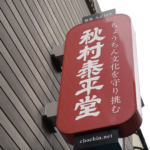
Akimura Taiheidō Co., Ltd.
The process of making lanterns, both in the past and today, begins with assembling wooden molds by hand. This is followed by wrapping bamboo strips, attaching Japanese paper, writing characters, and installing the top and bottom frames.
Our company specializes in integrated production, particularly excelling in the art of lettering. Although lanterns, once essential items in daily life, are now rarely seen, we recognize their remarkable value.
Our mission is to preserve and pass on this excellence to future generations while adapting it to changing times.
We continually explore the potential of lanterns and strive to create a society full of smiles through lantern culture.
- Founded in
- 1921
- No. of employees
- -
- Website
- https://chochin.net/
- Writer:
- GOOD JOB STORY 編集部




